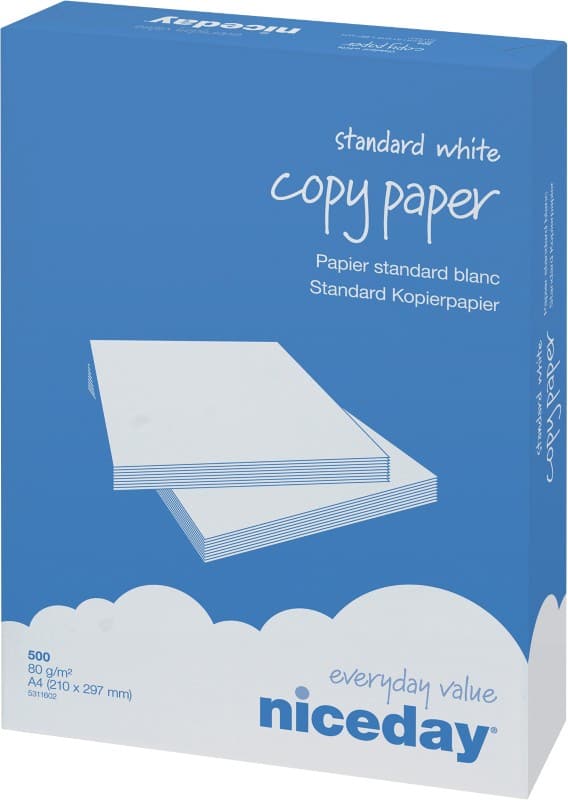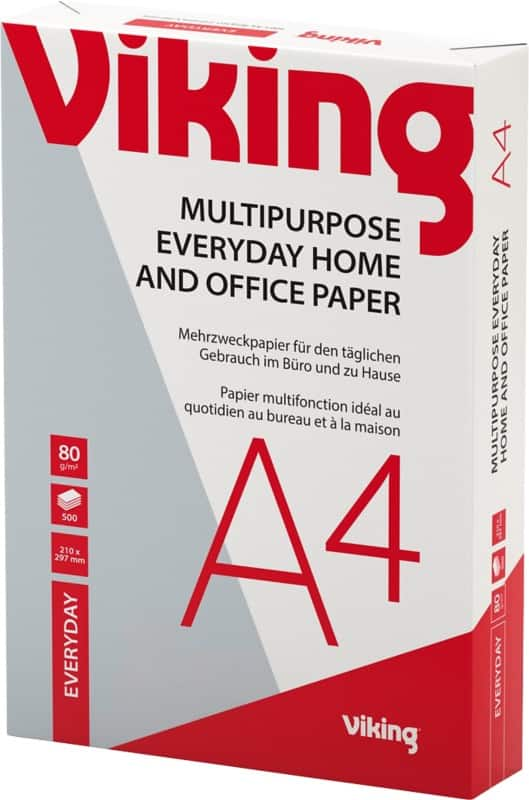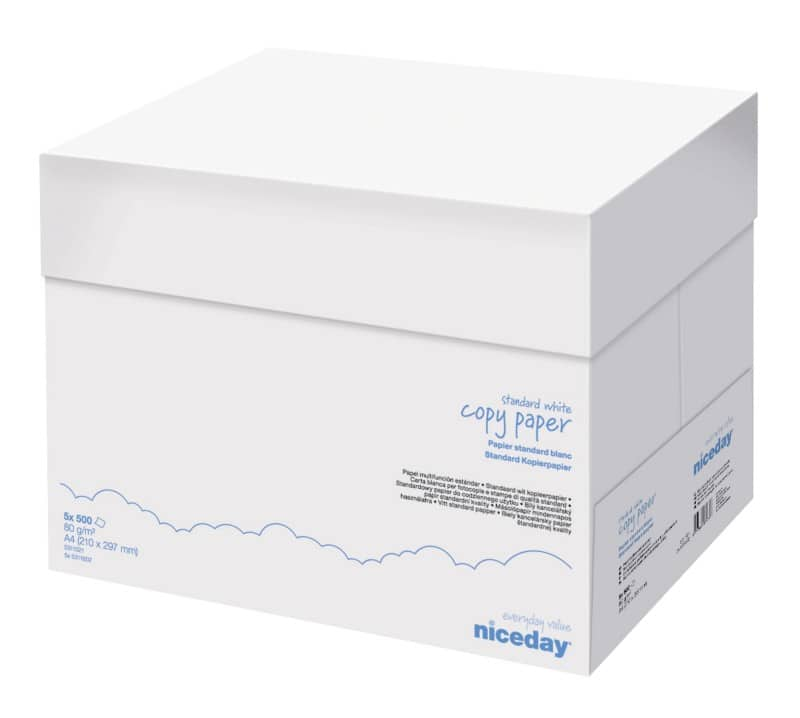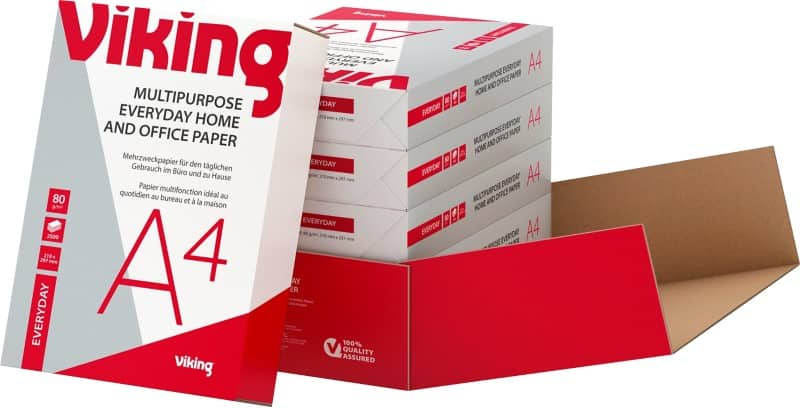
What Is GSM in Paper? Essential Insights Revealed
Discover how GSM determines PAPER quality and THICKNESS, enhancing your printing projects. Learn what GSM means for every paper type!
GSM, or Grams per Square Meter, measures paper weight and plays a critical role in defining paper quality and thickness. Understanding GSM helps users discern how various paper types will perform in different settings, from everyday printing to specialized projects.
What does GSM mean in relation to paper?
GSM stands for Grams per Square Meter and measures paper weight, directly correlating to its thickness and quality. Higher GSM indicates thicker, more durable paper, typically used for premium print jobs, while lower GSM is suited for everyday printing needs.
Key Points on GSM in Paper
- GSM determines the paper’s weight and thickness, impacting printability and feel.
- Lower GSM is ideal for bulk printing where flexibility and cost are priorities.
- Higher GSM offers durability and a premium feel, suitable for business cards and invitations.
- Choosing the correct GSM is crucial for avoiding printer jams and ensuring product quality.
- GSM affects both the opacity and the stiffness of paper, influencing double-sided printing capabilities.
- Understanding GSM can help make informed purchasing decisions for various printing needs.

GSM Paper Guide
GSM stands not just for ‘Grams per Square Meter’ but also for ‘Get Some More’ when you’re out picking the perfect paper. Whether you’re printing your resume or whipping up a spicy homemade flyer, knowing the GSM of your paper can really make a difference. It’s all about the feel and heft of the paper in your hands. Is it feather-light or does it have some heft like a heavyweight champ?
From thin printer paper to sturdy business cards, the GSM will guide your choice. Higher GSM means thicker, more durable paper. This might not be the best for your everyday printer, but it’s ideal when you need to impress with a high-stakes business proposal or want your party invitations to stand out. On the flip side, lower GSM works wonders for bulk printing without breaking the bank or the printer.
Next time you shop, peek at the GSM. It’s a simple number with big implications for your printing projects. If you’re looking to restock, consider browsing through a wide selection of printer paper available online. From lightweight to card stock, there’s a GSM to fit every need and project.
Different GSM Paper Types
Ever wondered why a poster feels different from a magazine page? That’s GSM at play—ranging from the delicate 17 GSM of tissue paper to the robust 400 GSM of a luxe business card. Different GSM paper types are like the spices in your kitchen cabinet; each serves a unique purpose and changes the outcome of your dish—or in this case, your project.
For everyday needs, printer paper usually hangs out in the 70-100 GSM zone, perfect for those text-heavy documents. Jumping up, a 300 GSM paper turns into the star for photographers and designers, offering a sturdy base for vibrant prints and presentations. It’s all about picking the right GSM for the job. Too light, and it feels cheap; too heavy, and your printer might just throw a fit.
Understanding the landscape of GSM can help you make savvy decisions whether you’re stocking up for an office or planning a special project. Each type of paper brings its own flavor to the table, and knowing which GSM fits the bill can transform an ordinary print job into an extraordinary presentation.
Choosing the Right GSM Paper
Selecting the perfect GSM for your printing needs isn’t rocket science, but it might as well be an art form. Think of it like choosing a shirt for a first date—what impression do you want to make? For high-end business cards or wedding invitations, a higher GSM will feel rich and luxurious in hand—talk about making a solid first impression!
On the practical side, consider the printer at your disposal. Not all heroes wear capes—some just handle higher GSMs without a hitch. If your printer is more of an everyday hero, stick to mid-range GSMs to avoid paper jams and office drama. For artists and crafters, a high GSM paper opens a world of possibilities with its durability and quality, perfect for everything from watercolor art to fancy origami.
Choosing wisely can save you from a world of hassle. It’s not just about what feels good; it’s about what works best for your purpose. Whether you’re preparing menus for your restaurant or printing flyers for a local event, the right GSM can elevate your material, making your message clear and impactful.
Impact of GSM on Paper Size and Thickness
When talking GSM, we’re not just measuring weight; we’re measuring character. Think of GSM as the backbone of your paper—it determines how it holds up to ink, handling, and even the judgmental gaze of a discerning reader. Higher GSM papers scream ‘quality’ and ‘durability’, perfect for those projects where you want to leave a lasting impression.
But it’s not all about looking good on the surface. The right GSM affects more than just appearance; it changes how the paper behaves. Higher GSM papers have less show-through, making them ideal for double-sided printing without any peek-a-boo from inks on the other side. They also offer a satisfying thickness that makes flipping through pages a tactile pleasure.
Understanding the nuanced impacts of GSM on paper size and thickness can significantly enhance your printing projects. Whether you’re crafting a booklet or setting up promotional materials, choosing the right GSM can mean the difference between mediocre and magnificent. Always consider the GSM to ensure your final product not only looks the part but feels it too.
| GSM Range | Common Uses | Typical Paper Feel |
|---|---|---|
| 17-40 GSM | Tissue papers, thin flyers | Extremely lightweight, delicate |
| 70-100 GSM | Standard printer and copier paper | Light but more durable than tissue |
| 120-150 GSM | Posters, flyers | Stiffer, substantial feel |
| 200-300 GSM | Magazine covers, business cards | Thick, card-like |
| 350-400 GSM | Luxury business cards, invitation cards | Very thick and rigid, high-quality |
Conclusion
At Viking, we understand that the right paper choice can significantly enhance workplace productivity and environmental sustainability. Choosing the correct GSM paper helps in creating impressive, high-quality documents while being mindful of paper consumption.
We are dedicated to offering solutions that not only meet your quality expectations but also align with your budget and ecological values. For all your paper needs, Viking ensures you get the best balance of durability, functionality, and cost-effectiveness.
Frequently Asked Questions
How does GSM affect the quality of paper?
The GSM of paper, or grams per square meter, directly impacts its quality and durability. Higher GSM indicates a thicker, sturdier paper that is less prone to tearing and better for high-quality printing, making it ideal for business cards and professional brochures.
What GSM paper is best for everyday printing?
For everyday printing needs such as documents or homework, a GSM range of 70 to 100 is typically sufficient. This GSM range provides a good balance between durability and cost-effectiveness, ensuring that the paper is sturdy enough for text printing while avoiding unnecessary thickness.
Does higher GSM mean better paper for all uses?
While a higher GSM paper is generally thicker and more durable, it’s not necessarily better for all purposes. For instance, lighter GSM paper, like 50-60 GSM, is preferable for newsprint and everyday use where flexibility and cost are more important than thickness and weight.
How does GSM impact environmental sustainability?
Choosing the right GSM can also have environmental implications. Higher GSM papers use more resources and contribute to higher transportation costs due to their weight. Opting for lower GSMs where feasible can reduce material use and environmental footprint, aligning better with sustainable practices.












